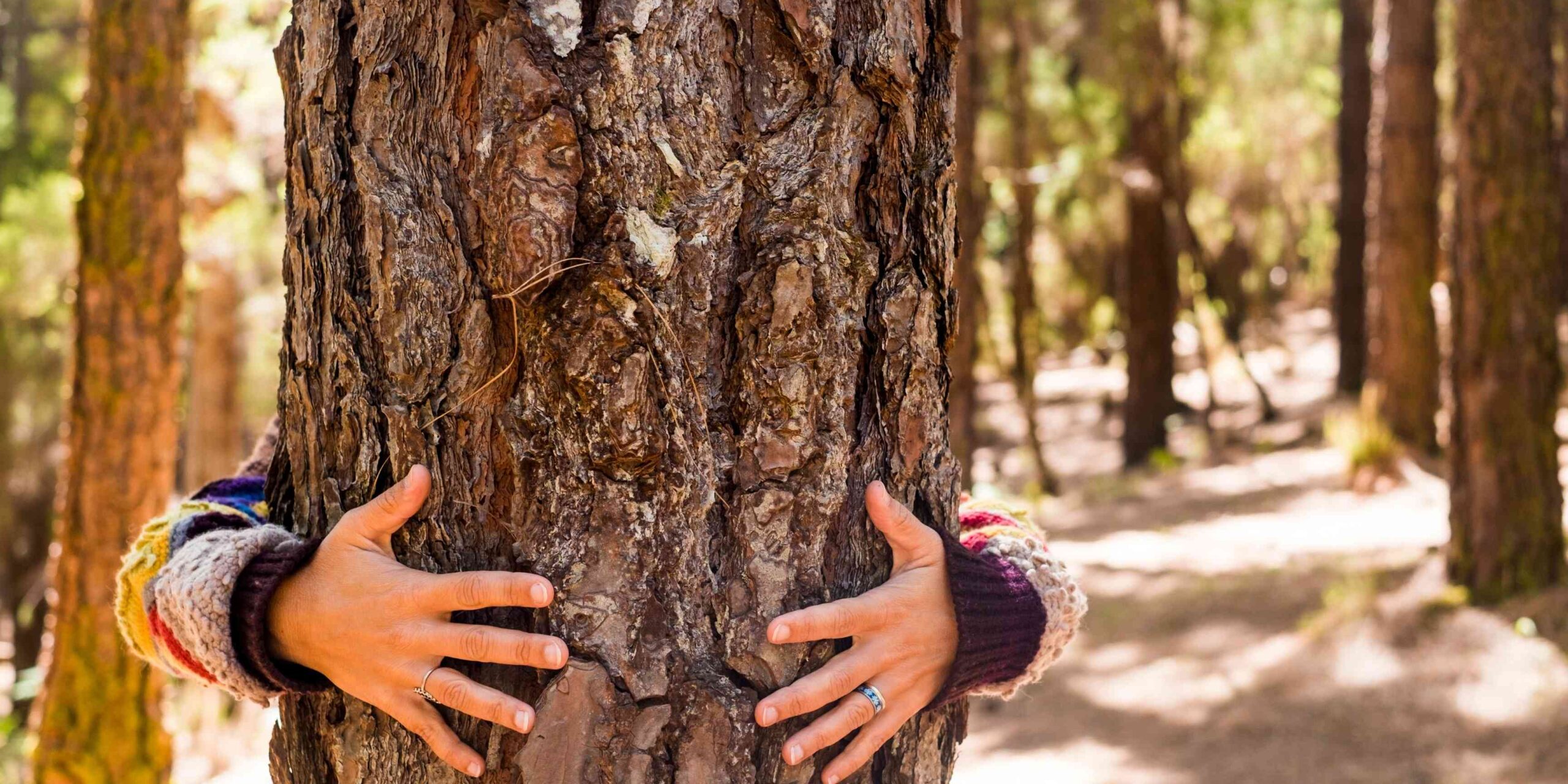This post may contain affiliate links. We may earn money from products we link to in this post.
Nature’s most long-lived creatures are critical to our health and the health of the world. They may also be the most overlooked aspect of our daily existence.
The truth is that we don’t give much thought to trees. Most likely, neither do our children. They should, however. Aside from keeping us and our world alive, trees provide a plethora of incredible benefits to us and our children, with new benefits being discovered all the time.
Why Kids Should Learn To Appreciate Trees
Even if you already appreciate the beauty of trees, comprehending the actual significance of their contributions is a challenge. Yes, they are visually appealing. And as their leaves change from emerald green to gold, orange, and blazing red, it’s a lovely reminder of how nature transforms. But what do trees do for the earth and its inhabitants?
Teaching children about trees does not imply forcing them to memorise random facts. You can certainly arrive at the tree activity table well-prepared. However, one of the most important aspects of trees for children is their practical use. The forest provides the oxygen we breathe, the fruits we eat, and the paper we write on.
Your child not only has to comprehend the practical aspect of trees, but approaching their advantages in this manner can bring the lessons or activities to their level. If your youngster believes that the knowledge at hand directly affects or applies to them, he or she is more likely to take it gladly. This indicates you’re increasing participation and making the science more accessible.
Trees provide habitat for the animals
Animals adore trees as well! Numerous animals, bird species, and insects seek protection, food, and nesting sites in mature trees. Trees give sap, buds, nuts, and fruits that animals and insects consume. Leaves gather water that little birds can drink, and many birds will bathe by rubbing against wet leaves. Trees are also protected by animals. Some trees utilize chemicals to attract birds that will consume tree-harming caterpillars.
Trees Help With Your Mood
Not simply when we’re all gathered around the Christmas tree. According to a new study, walking in a lush public park can make you feel as cheerful as Christmas day.
People who visit urban parks use happier language and express less negativity on Twitter than they did before their visit, according to a first-of-its-kind study from the University of Vermont, and this increased mood lasts for up to four hours afterward.
They Give Us Food
Fruiting trees provide food for people, from apples to oranges and pears!
Trees Save Water
Within trees, there are vessels that conduct and store water. While the primary purpose of water conduction inside these veins is to nourish the tree, large amounts of water are left unused by the tree’s cells. As a result, trees could be viewed as useful water storage.
They Protect Our Skin From UV
Tree leaves contain substances that absorb damaging radiation, such as the UV rays found in sunlight that reaches us. The UV radiation has been identified as a significant cause of skin cancer.
Trees Provide Great Shelter
We’ve all sought the shade of a tree on a hot summer day, so it’s no surprise that trees can keep a community cool. In addition, a joint investigation conducted by NPR and the University of Maryland discovered a link between a lack of tree cover and low-income housing.
The study found that low-income neighborhoods in dozens of major U.S. cities are more likely to be hotter than wealthier neighborhoods, and those neighborhoods are disproportionately communities of color.
They Stop Erosion
Their root systems absorb surplus water, which slows and stops rain flow. This reduces soil erosion and the amount of soil carried into streams and lakes.
They Help Us Build Fires
Trees are good wood supplies as an alternate and low-cost source of energy. Tree wood can be used to start a fire in the oven or to warm up the atmosphere during a camping trip or tour.
Trees Make People Happier!
A London researcher gathered information on the density of street trees and the number of antidepressant prescriptions in the city’s 33 boroughs.
They discovered that, even after controlling for factors like as unemployment and affluence, regions with the most trees along the streets also had fewer prescriptions for antidepressants. With the increasing use of antidepressants among children, this is very pertinent information.
How Your Child Can Help The Trees
Plant A Tree
Over a five-year period from 2009 to 2014, the US Forest Service discovered that we lost 36 million trees per year from urban and rural populations. To combat this trend, plant a tree in your backyard, school grounds, or community garden (with permission), or arrange a tree-planting day at your school.
Donate To The Tree Foundations
The Nature Conservancy wants to plant a billion trees, and your contribution will help them get there.
Bottom Line
When it comes to putting learning into practise, come up with some unique ways to present your tree talking points. The first option is to take a walk in the woods. Which trees can you find together? What animals inhabit them? How does your neighbourhood forest reduce highway noise for birds or clean the air for a nearby playground?
Assume your crafty child is passionate about art. They might remember more if they drew a field guide to the trees in your neighborhood or experimented with colors while learning about how trees absorb water.
Add some sticks and leaves to Inspiration Laboratories’ soil experiment to teach your young scientist about trees and soil erosion. You can also go to an arboretum (explain to the kids that it’s like a zoo for plants or an extremely huge garden) or a forest where tree studies are taking place to see how scientists investigate the impact of trees on ecosystems and climate change.
You don’t have to practically hug trees to teach your youngster about their incredible environmental impact. Choose points that will pique your child’s attention, be creative, and help them learn about trees in a way that they will remember.

